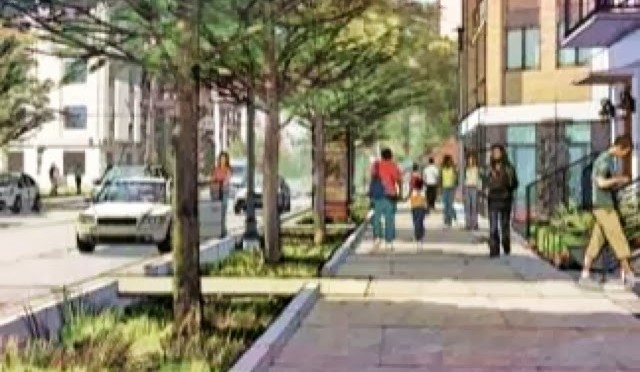Mayor Annise Parker Announces Visionary Complete Streets Policy for Houston
At the site of Texas' first certified GreenRoads projects in Midtown, Mayor Annise Parker today unveiled a transformative new approach for Houston streets that will accommodate the needs of … Continue Reading ››
Parker Makes Complete Streets a Houston Priority
Some fantastic news out of the Mayor's office today...

